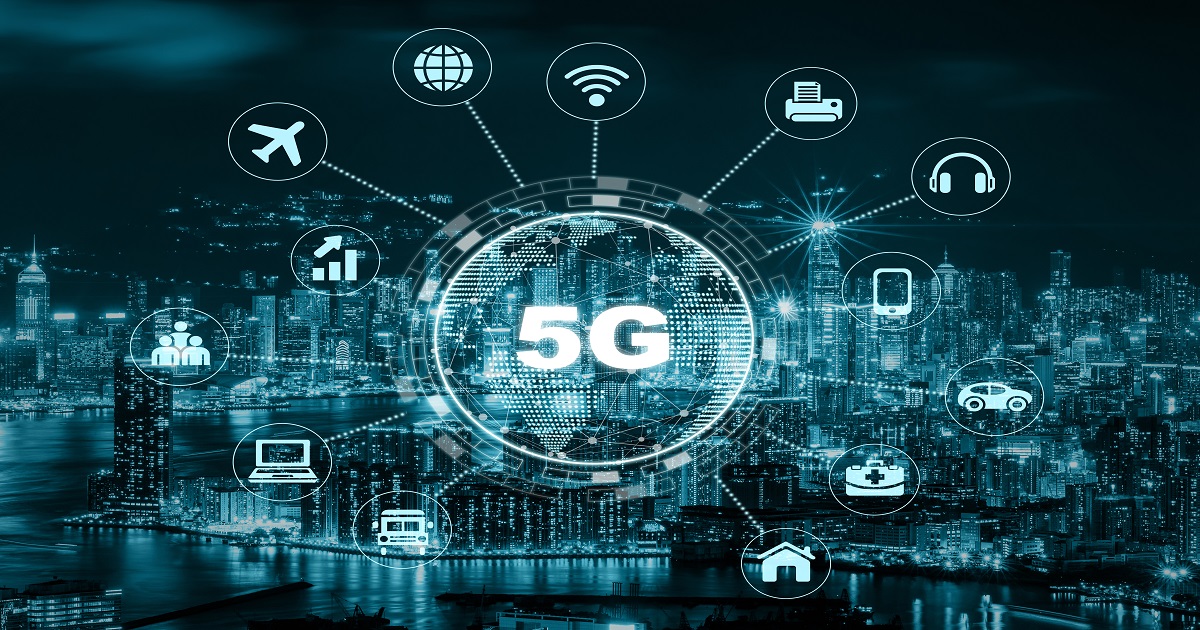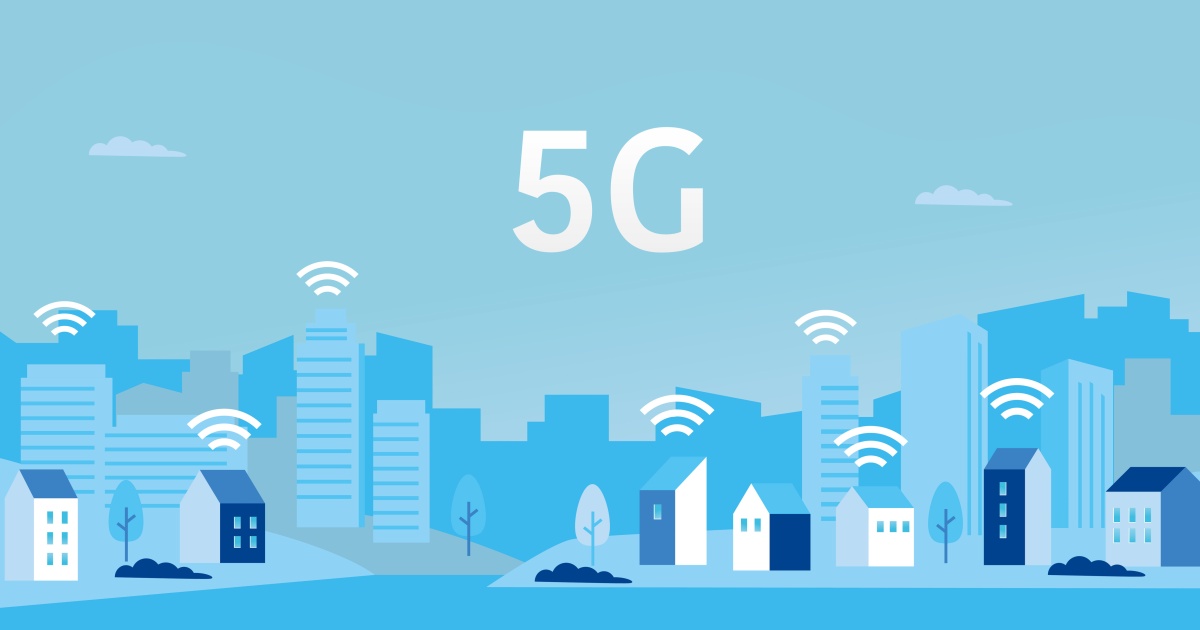For those who follow the dynamics and nuances of mobile communications, you may have noticed that there is an ongoing debate on the substantive long-term value that 5G technology brings to the market. Those promoting 5G consist of technologists and the many carriers that have invested vast sums of money to build out their 5G capabilities and, as a result, are now eager to monetize these investments. They articulate benefits like low latency and expanded bandwidth that can comfortably support an anticipated increased demand of data-heavy applications and services including rich content, AR and VR services, and a variety of solutions that should certainly flourish in a 5G infrastructure.
On the other side of the coin are the 5G skeptics – and there are plenty of them. These are industry pundits that forecast adoption rates and opine on the commercial viability of the technology. Many 5G doubters have concluded that the technology represents only an incremental improvement over existing 4G technology and the underlying value proposition for 5G is little more than a marketing spin – and not based on any tangible business model. These pundits claim that existing 4G has enough capacity to support traffic growth for the next few years, and that any investment in 5G will take years to recoup.
There are kernels of truth in both camps. While the improvements in latency and bandwidth consumption are undeniable scientific facts, there is also little debate that there is no pent-up demand for 5G-specific services, because there are very few examples of existing applications that absolutely require 5G. In most respects, the current 4G infrastructure is, in fact, sufficient to support current and projected usage for years to come. That will change as new services enter the market, but saying that 4G is in immediate need of replacement is far-fetched.
The Overlooked – and Overused – Wi-Fi Network There is, however, one overtaxed networking infrastructure component that does need a boost: Wi-Fi. Often providing the backbone in various enterprise environments, Wi-Fi has been pressed into service as the least expensive – and sometimes only – option for connectivity for applications from voice to digital communications to security, as well as monitoring and remote management of complex industrial equipment and processes. An open, best-effort technology, Wi-Fi is a great equalizer and least-cost connector, but not easily structured to offer secure and highly reliable connectivity of critical business functions. Here, private 5G mesh networks are the perfect choice for supplementing the Wi-Fi infrastructure. In every aspect – flexibility, radio coverage and performance, scalability, improved security, and economics – private 5G mesh networks are ideally suited to address the challenges businesses face in maintaining seamless and reliable connectivity. This is particularly the case in hard-to-manage large and outdoor locations Wi-Fi continues to struggle with.
To be clear, this is not to advocate that 5G mesh should replace Wi-Fi in every application. Wi-Fi remains a great choice for daily, non-critical use cases, such as email and web access. For office locations and smaller footprints like retail, implementing a Wi-Fi network still makes sense.
But when dealing with cavernous sites like warehouses and factories, or even stadiums, airports, seaports and theme parks, Wi-Fi is completely insufficient for maintaining stable, resilient, and secure connectivity for all applications. To keep business critical operations humming, supporting services like transaction processing, conducting remote real-time monitoring and operation, accessing corporate applications, and ensuring that these and other services achieve maximum uptime, a better networking solution is required. 5G mesh networks flourish in these situations, providing numerous benefits that businesses desperately crave. They are comparatively simple to deploy, are flexible and scalable to support evolving business needs and growth, and offer enhanced security that far exceeds Wi-Fi. Not to mention that they have far lower deployment costs as well.
The Right Tool for the Right Job The compelling economics of the 5G mesh business model are not to be understated. Consider that the average size for American warehouses now exceeds 180,000 square feet, according to the real estate firm CRBE. This figure actually increased a whopping 143 percent over the past 20 years, and is likely to continue this trajectory. Covering a facility of this size with Wi-Fi would require a significant investment just for the routers and repeaters, and there would still be notable gaps in coverage simply based on building materials and Wi-Fi’s radio propagation properties. In addition, as Wi-Fi signal strength degrades, reliable connectivity can add to business headaches. As the network becomes less reliable and resilient, errors can occur and efficiency can be compromised. And when considering security, Wi-Fi systems are a favorite attack vector to access critical systems and information. Simply put, Wi-Fi is a fine technology that is not suited for large scale deployment in terms of performance, security, efficiency, and cost.
A mesh connection allows for easier deployment and resiliency of the wireless network, which benefits from having multiple routers and nodes as backup. If one node is disconnected, the connection simply relays traffic through the mesh to the next closest node. In addition, mesh nodes support encryption internally and plug into an enterprise cyber security infrastructure, making them more secure compared to current architectures.
In comparison, the deployment of a private 5G mesh network could be accomplished with approximately one-tenth the number of nodes than would be required for Wi-Fi in an outside deployment, and one-quarter of the nodes for an inside deployment. Installation costs alone would be a mere fraction of what would be necessary to build out an entire Wi-Fi network. Operating the network in the 5G spectrum bands provides substantially better consistency in radio reception regardless of walls and distances. And maintaining all communications and transmissions within a closed private 5G network significantly reduces the potential for intrusion.
Consider the case of an outdoor entertainment venue or stadium. Is it logical to operate ticket and concession sales and reporting systems on a network that could easily be crashed by fans live-streaming the game or concert over the venue’s Wi-Fi network? Even if traffic is segmented using VPN tunnels on the network, the unpredictable nature of users with different objectives and tolerance for delays is cause for concern when security and operational integrity are at stake.
The increased security, efficiency and reliability aspects of private 5G networks provide strong underpinnings for maintaining operational control on an infrastructure that is physically separated from any other users.
Conclusion Rather than continuing to search for applications and services that are created to flourish in 5G environments, the most impactful opportunities may be right before us. The profound reliability, coverage and security benefits of private 5G mesh networks becomes the flexible, low-cost option that takes the burden off overwhelmed Wi-Fi networks, and gives the enterprise the flexibility, security, simplicity and cost-efficiency it most desperately wants.
About the Author: Allen Proithis serves as CEO for GXC , and is responsible for setting and executing company strategy, including channel and partner relationships, business development, product management, and sales and marketing activities. Prior to joining GXC, Proithis was CEO of Capstone Partners, a strategic advisory service focused on the mobility, IoT, software, AR/VR, and cloud technology sectors. Before that, he was president of Sigfox’s North American operations, where he built a high-performance team that secured IoT business with top enterprise companies and provided wireless coverage for over 70 million people in the United States. In addition, Proithis created Convida Wireless, serving as chairman and overseeing commercialization of that company’s IoT, Wi-Fi, shared spectrum, and video content management solutions. Proithis also led strategy and business development activities for HP’s global Smartphone & Tablet division, driving all strategic initiatives for devices, software & services, including the launch of HP’s first mobile app store.
Edited by
Erik Linask





